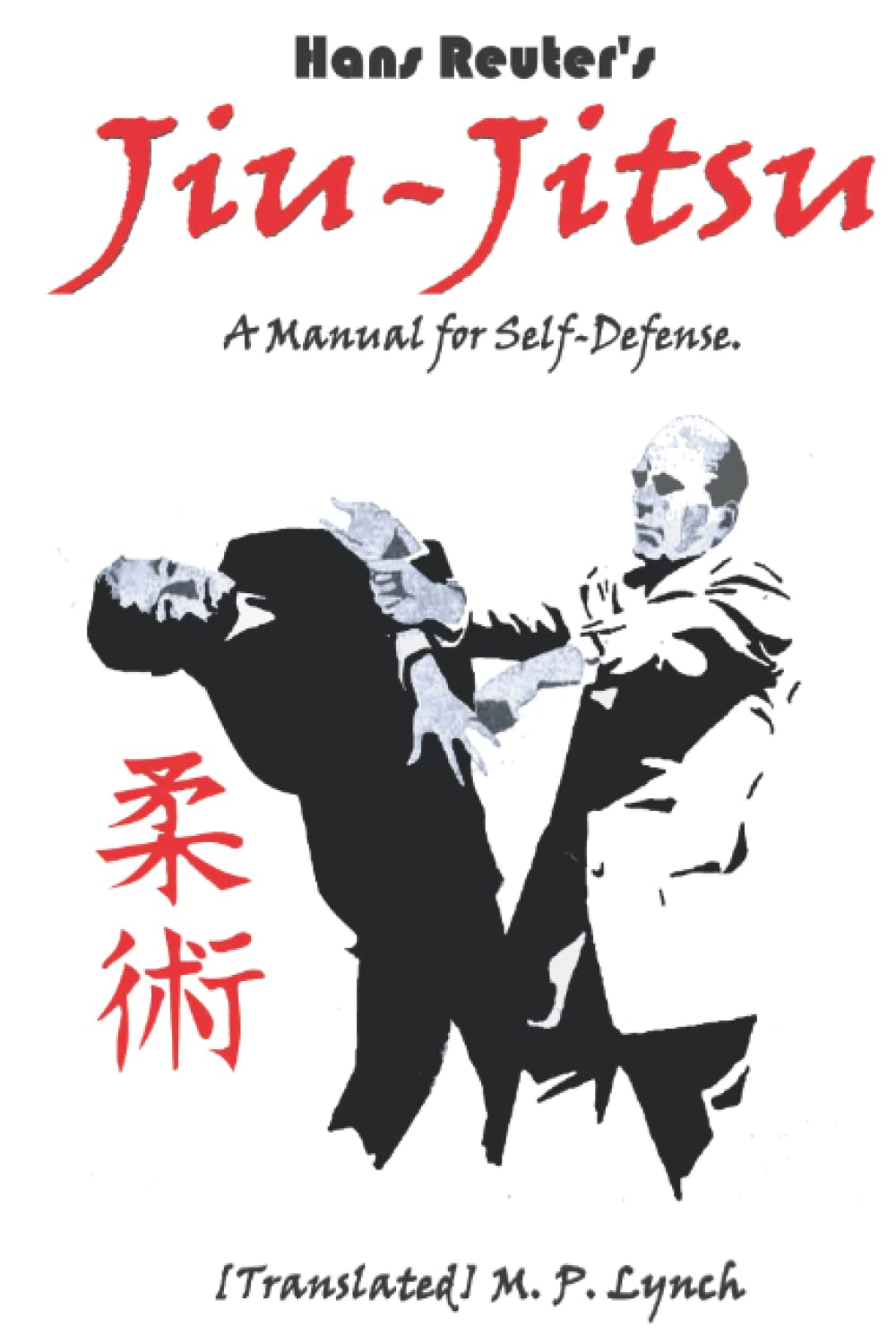Jiu-Jitsu: A Manual for Self-Defense Book by Hans Reuter
Attacks to the neck and fingers are always good indications of a serious work on self-defense, and Hans Reuter’s 1922 manual has both. Indeed, when the “first wave” of Jiu-Jitsu hit the West at the dawn of the 20th century, it featured all of those nasty old battlefield techniques the samurai were so fond of - bone crunching “finish him!” type moves which are perforce largely left to the side in modern scholastic Jiu-Jitsu circles. Indeed, you cannot cultivate the supreme sport of physical chess to its highest degree if everyone involved hobbles out of the dojo in a neck brace with busted several digits.
The sportive form has been pruned of harsh elements like a bonsai tree, rendered smooth so that it can flow from technique to technique with a rough but not savage beauty, stopping only when one player signals checkmate. Modern Jiu-Jitsu has become genteel insofar as that is possible, and while an accomplished player is almost always a formidable street fighter, he’s probably never worked with some of the brutal shortcuts to victory employed to great effect during Japan’s Edo period, for example. What’s the fastest way to sink an elbow and shoulder lock?
Grab some fingers and start twisting. Is your arm lock almost in place but your adversary still has little wiggle room? Seize him by the hair and crank his neck down his spine to take that last bit of fight out of him. These are the kinds of things you want to remember when the poop hits the propeller, and that is what you’ll find in this fresh translation of Hans Reuter’s Jiu-Jitsu: A Manual for Self Defense.
53 pages
Impossible de charger la disponibilité du service de retrait


